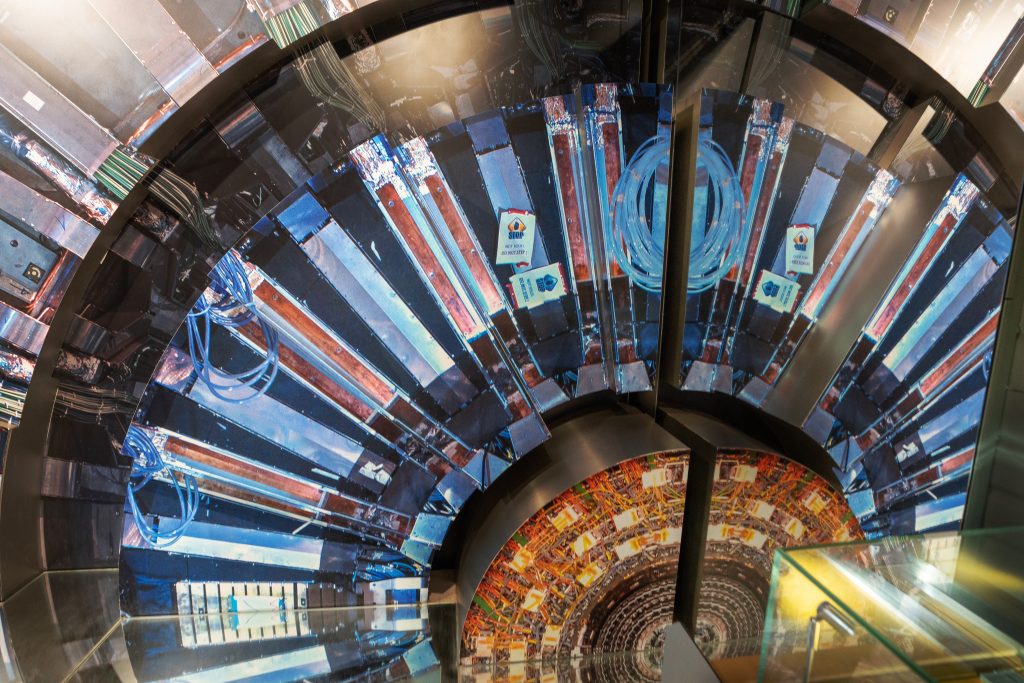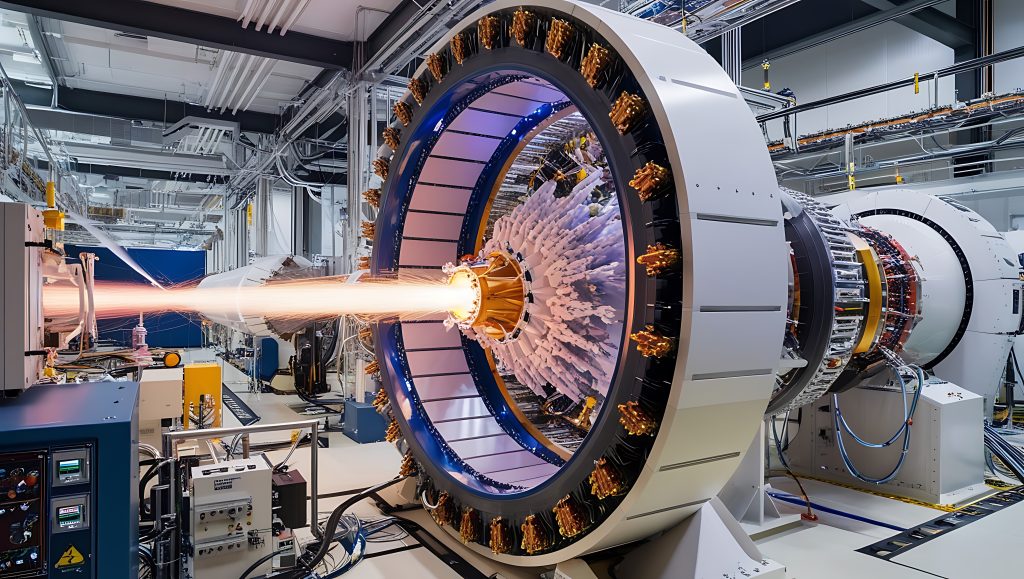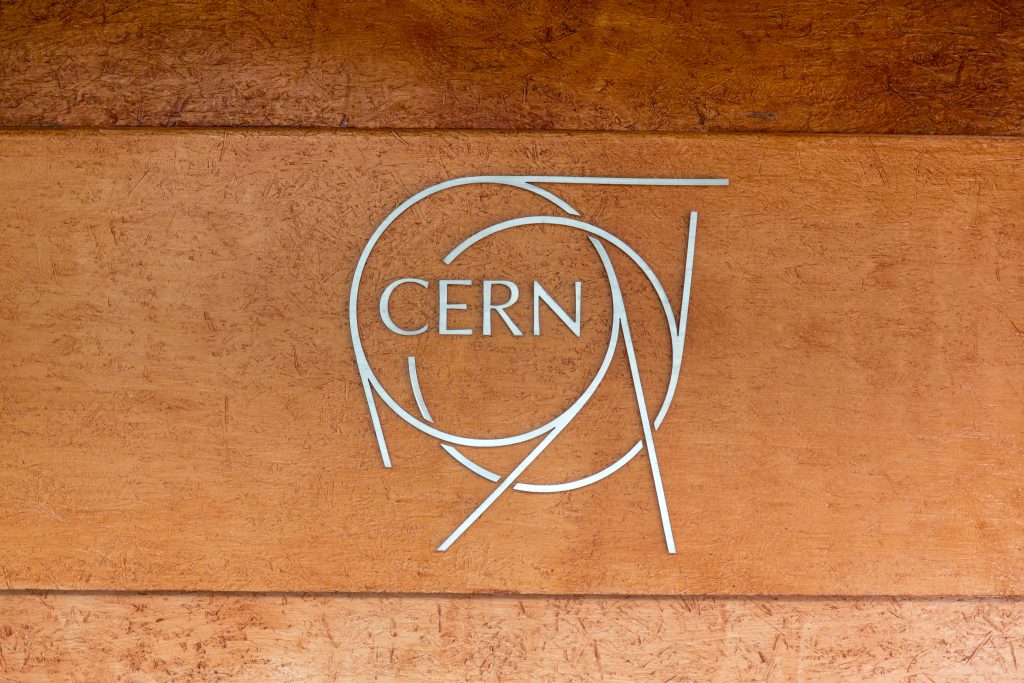In a remarkable feat reminiscent of ancient alchemical aspirations, physicists at CERN’s Large Hadron Collider (LHC) have successfully transformed lead into gold—albeit for an imperceptibly brief moment. This achievement, while not economically viable, offers profound insights into the fundamental processes governing nuclear physics.
Between 2015 and 2018, during the LHC’s second operational run, researchers with the ALICE (A Large Ion Collider Experiment) collaboration orchestrated high-energy collisions of lead ions traveling at 99.999993% the speed of light. These near-light-speed interactions occasionally resulted in electromagnetic dissociation—a process where the intense electromagnetic fields of the passing ions caused the ejection of protons from the lead nuclei. Specifically, the removal of three protons from a lead atom (which has 82 protons) transmuted it into a gold atom (which has 79 protons).

Utilizing ALICE’s Zero Degree Calorimeters (ZDCs), the team meticulously measured these rare events. Their analysis revealed that approximately 86 billion gold nuclei were produced during the second run, amounting to a mere 29 picograms (29 trillionths of a gram) of gold. In the subsequent third run, enhancements to the LHC increased the production rate to about 89,000 gold nuclei per second.
Despite the successful transmutation, the synthesized gold atoms were highly unstable. They existed for only fractions of a second before decaying or colliding with the collider’s infrastructure, leading to their disintegration. This fleeting existence underscores the challenges in harnessing such processes for practical applications.

While the notion of turning lead into gold has long been relegated to the realm of myth, this experiment demonstrates the tangible possibilities within nuclear physics. The findings not only validate theoretical models of electromagnetic dissociation but also enhance our understanding of beam loss mechanisms—a critical factor in optimizing the performance of particle accelerators like the LHC.
This groundbreaking experiment at CERN represents a significant milestone in nuclear physics, transforming age-old alchemical dreams into scientific reality, albeit momentarily. While the practical production of gold through such means remains unfeasible, the insights gained pave the way for future research into the fundamental forces that shape our universe.




